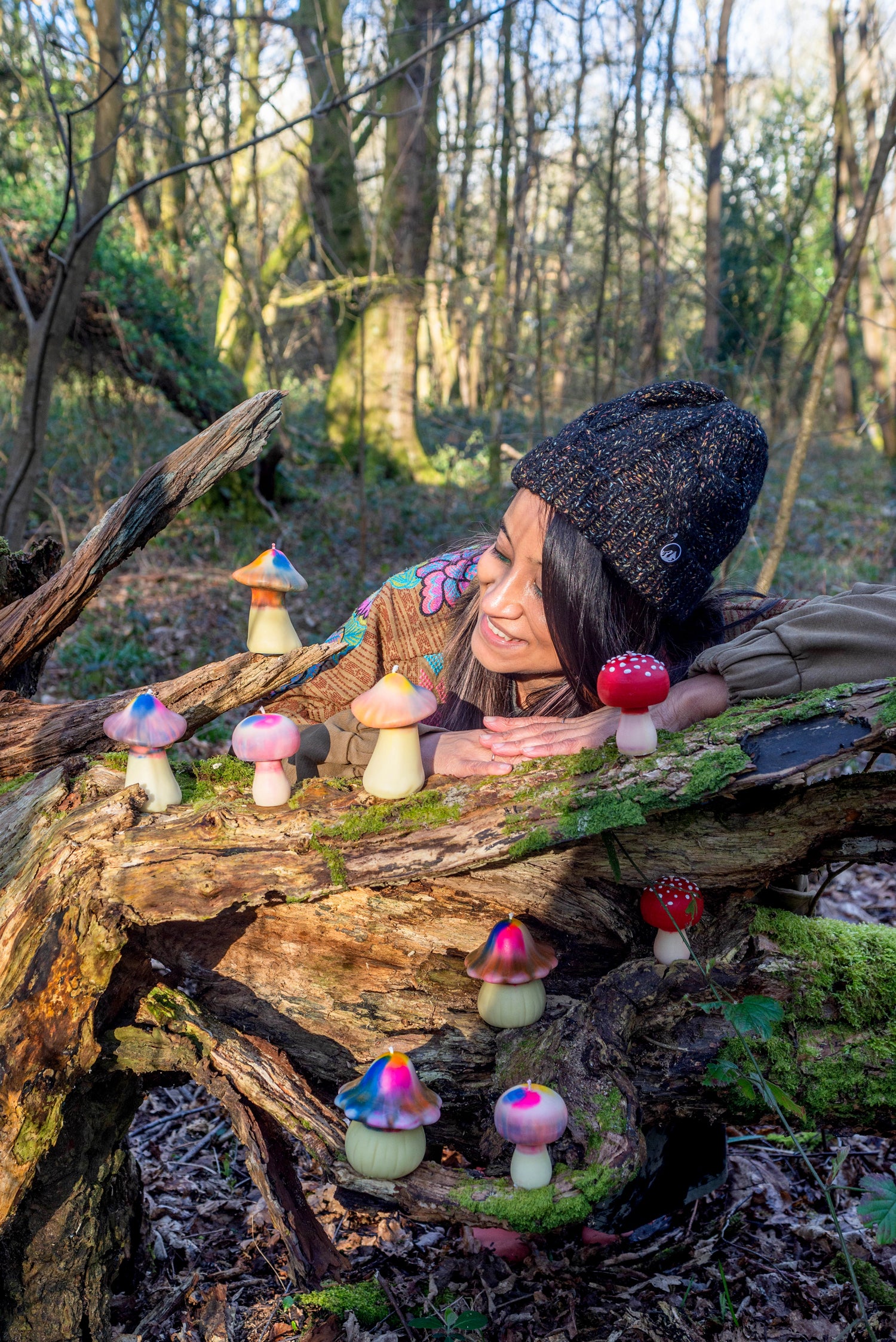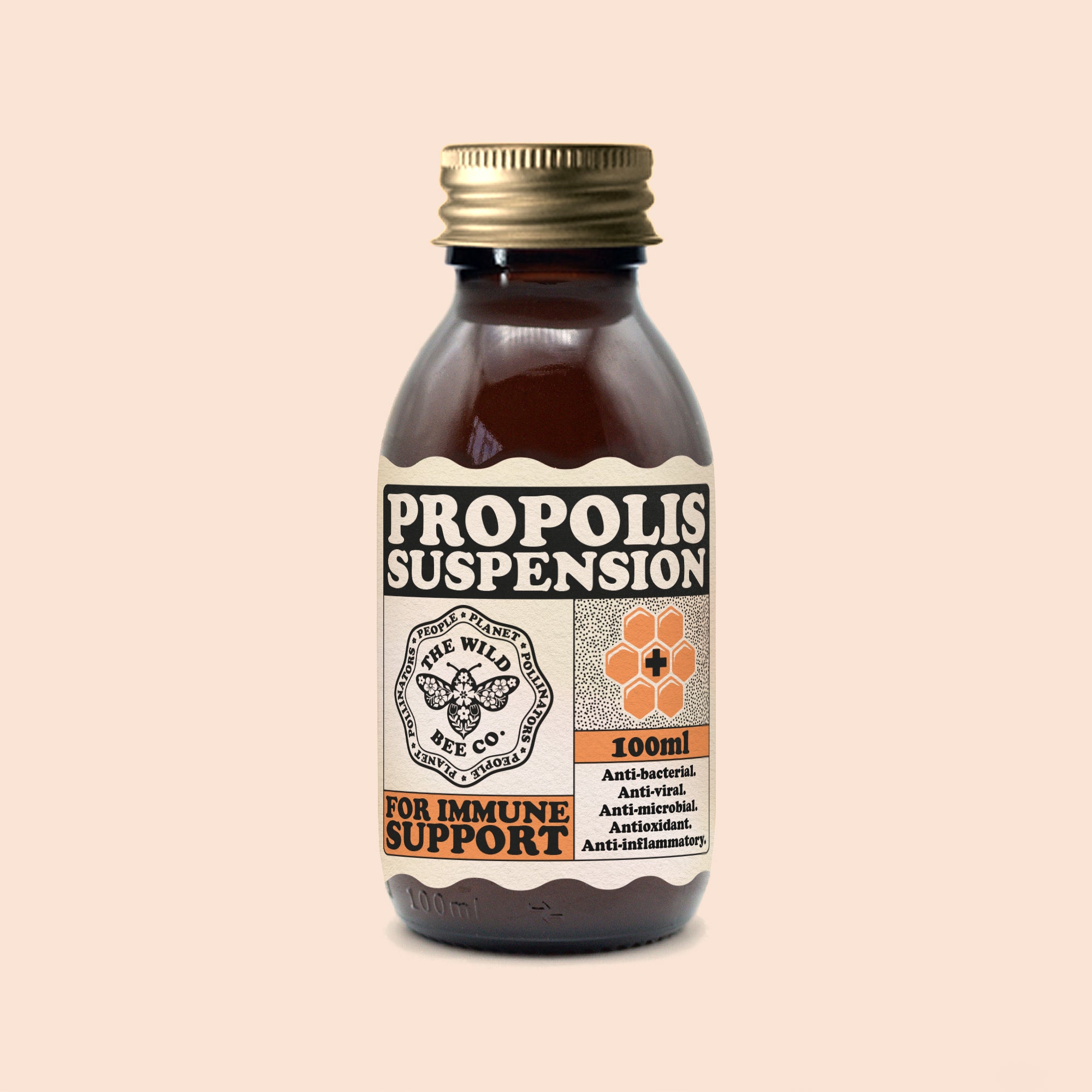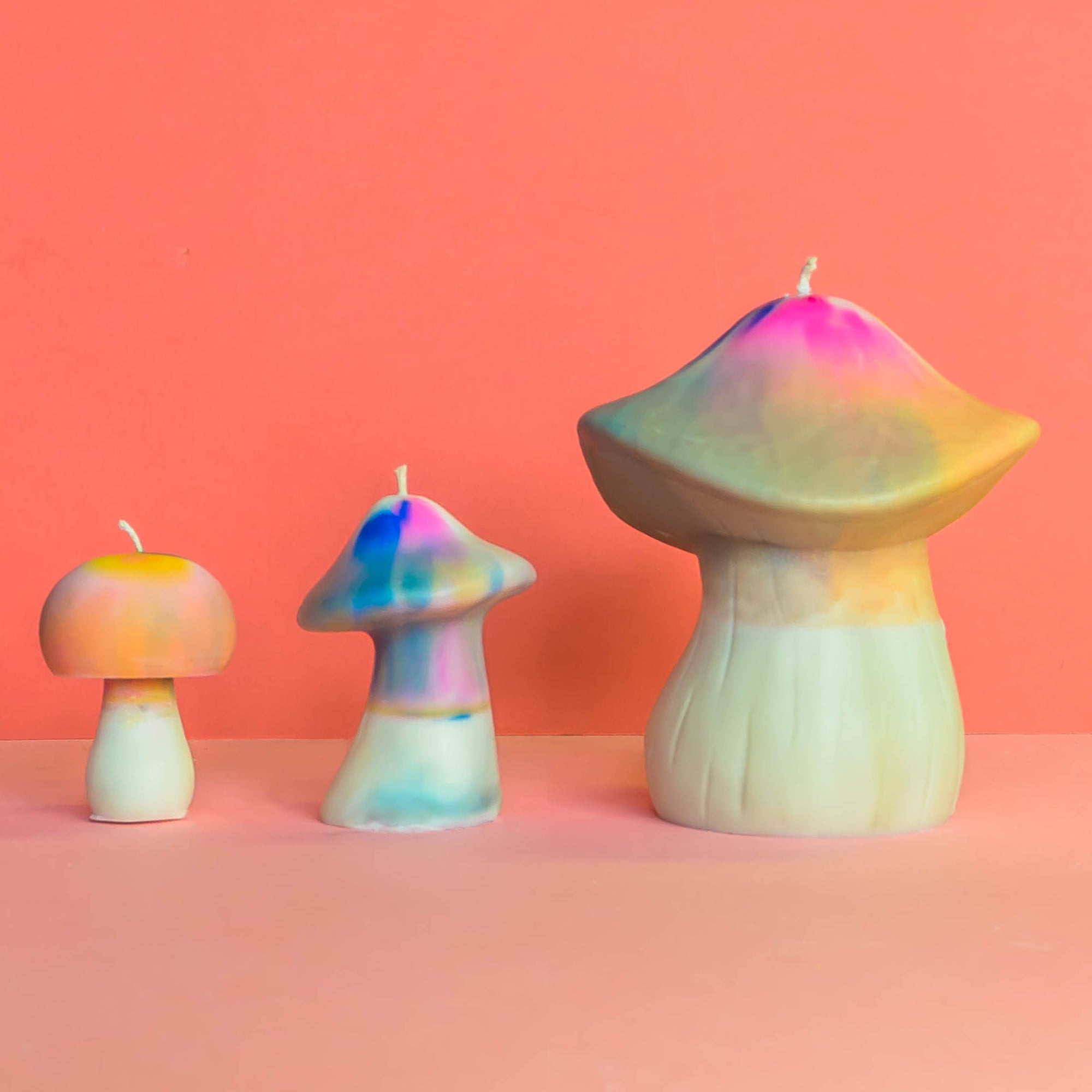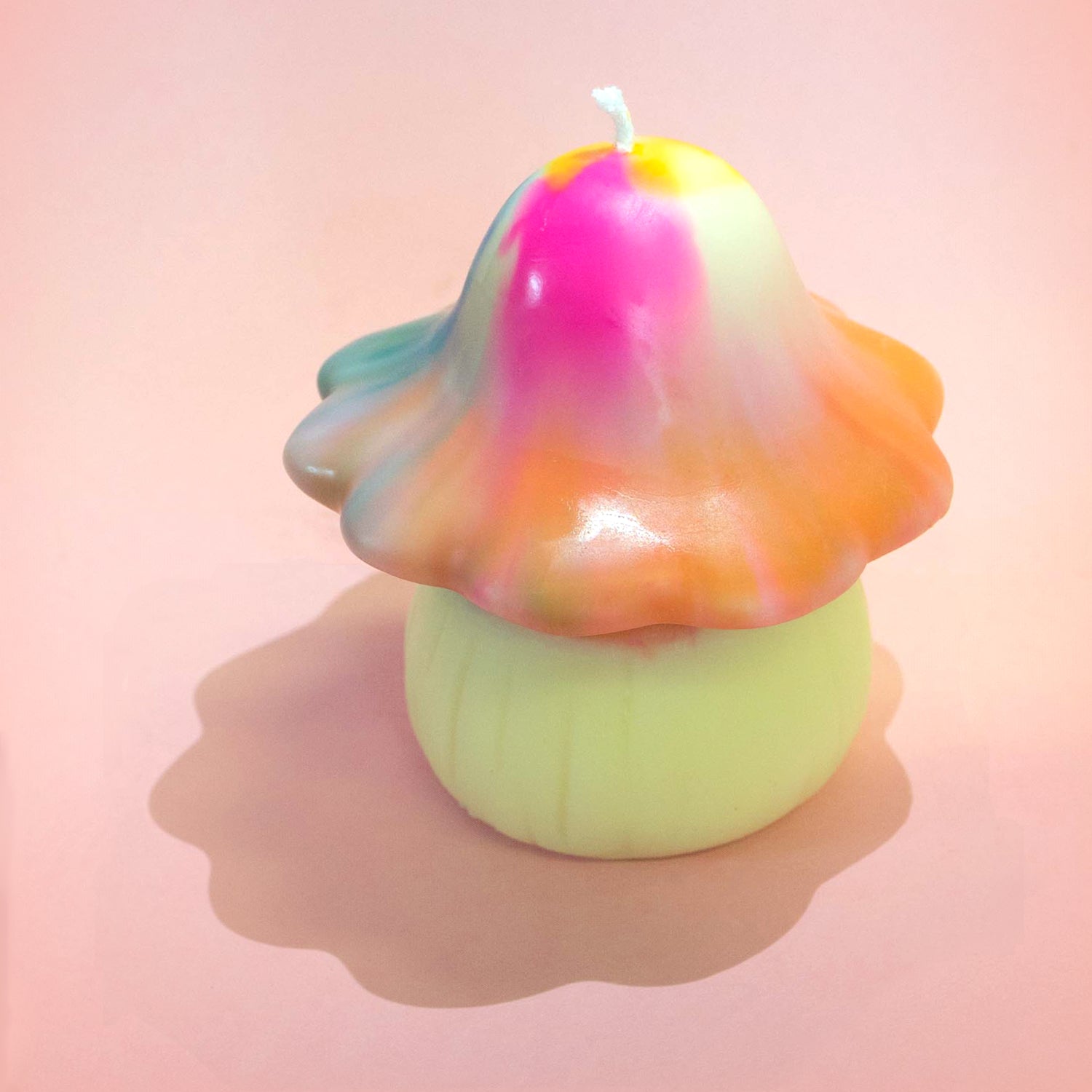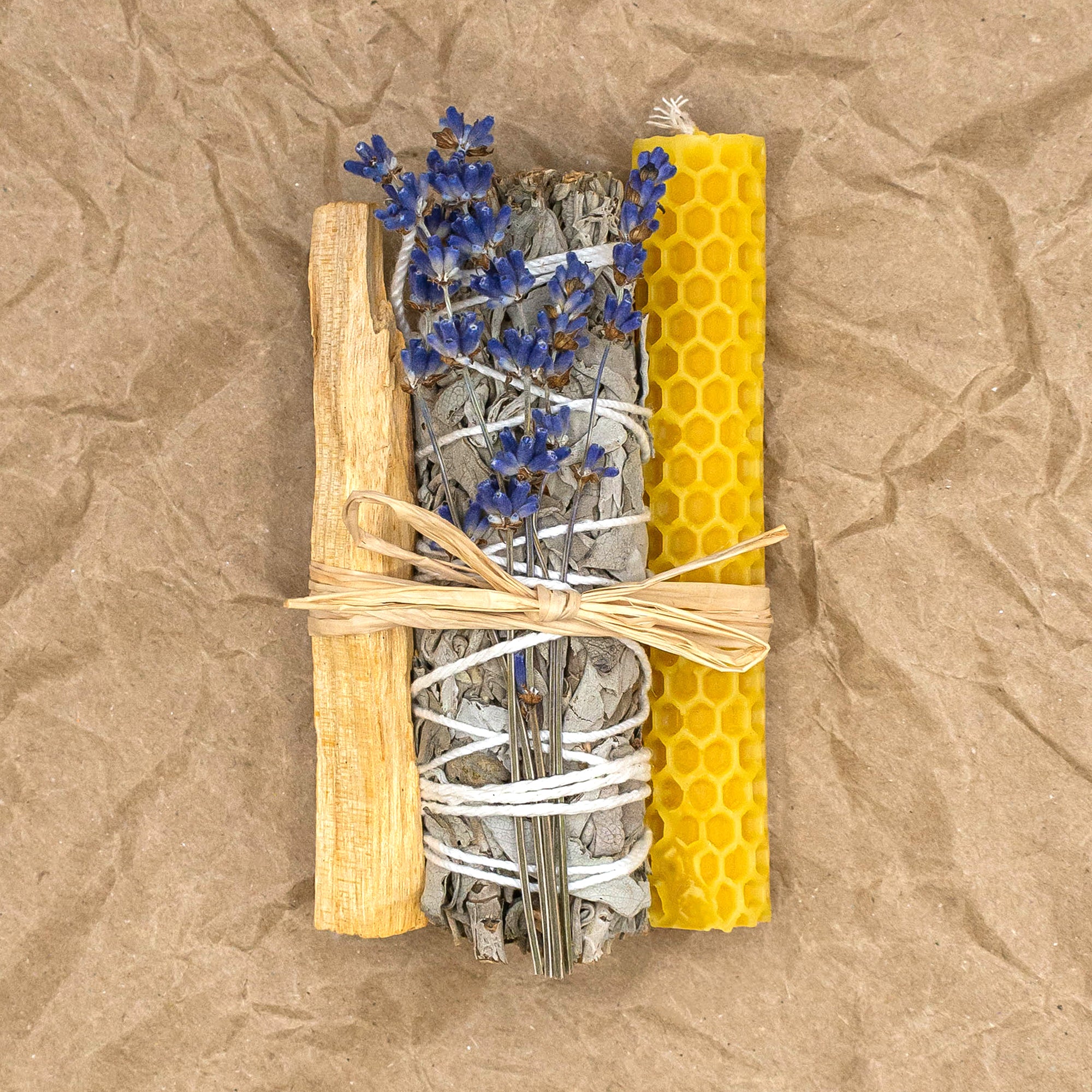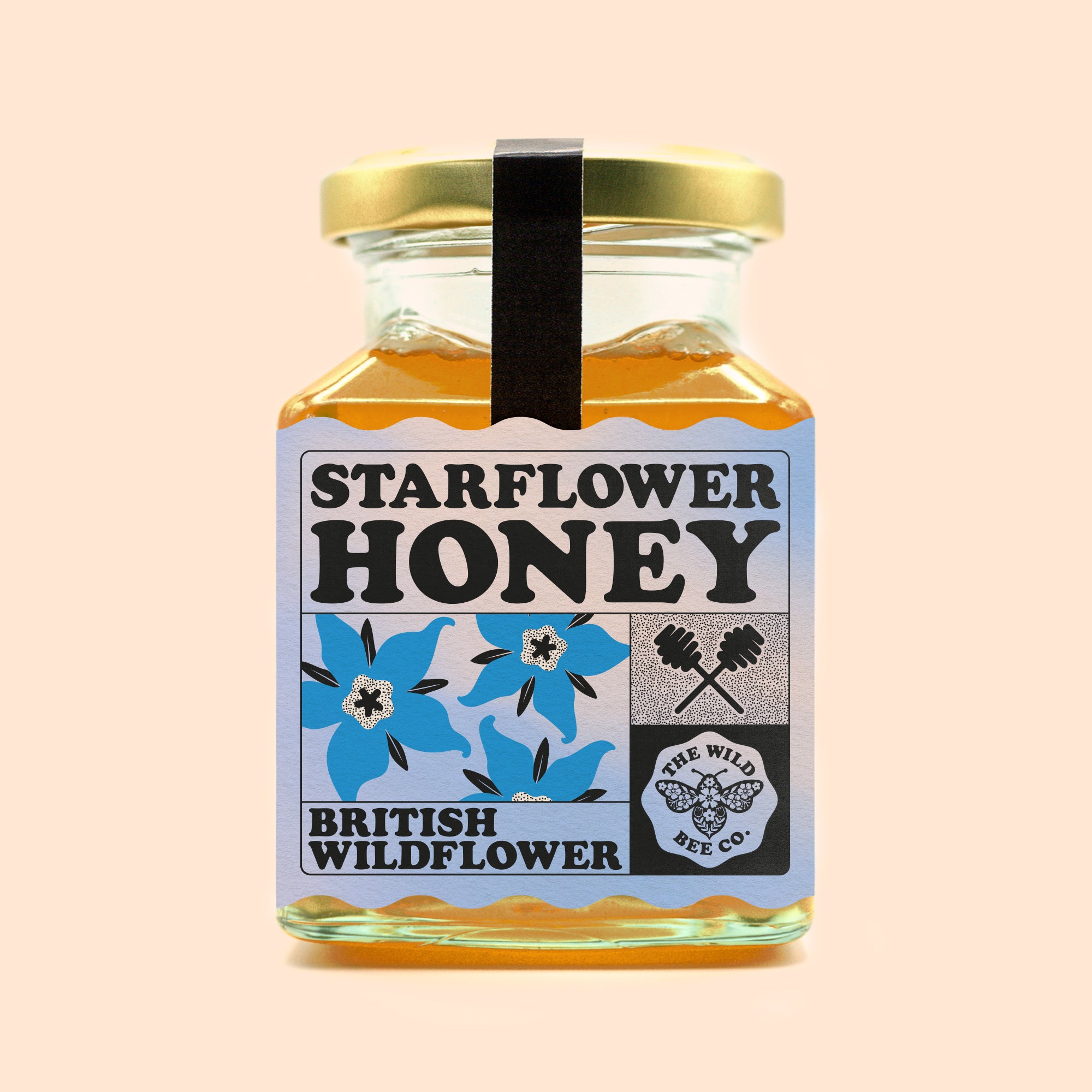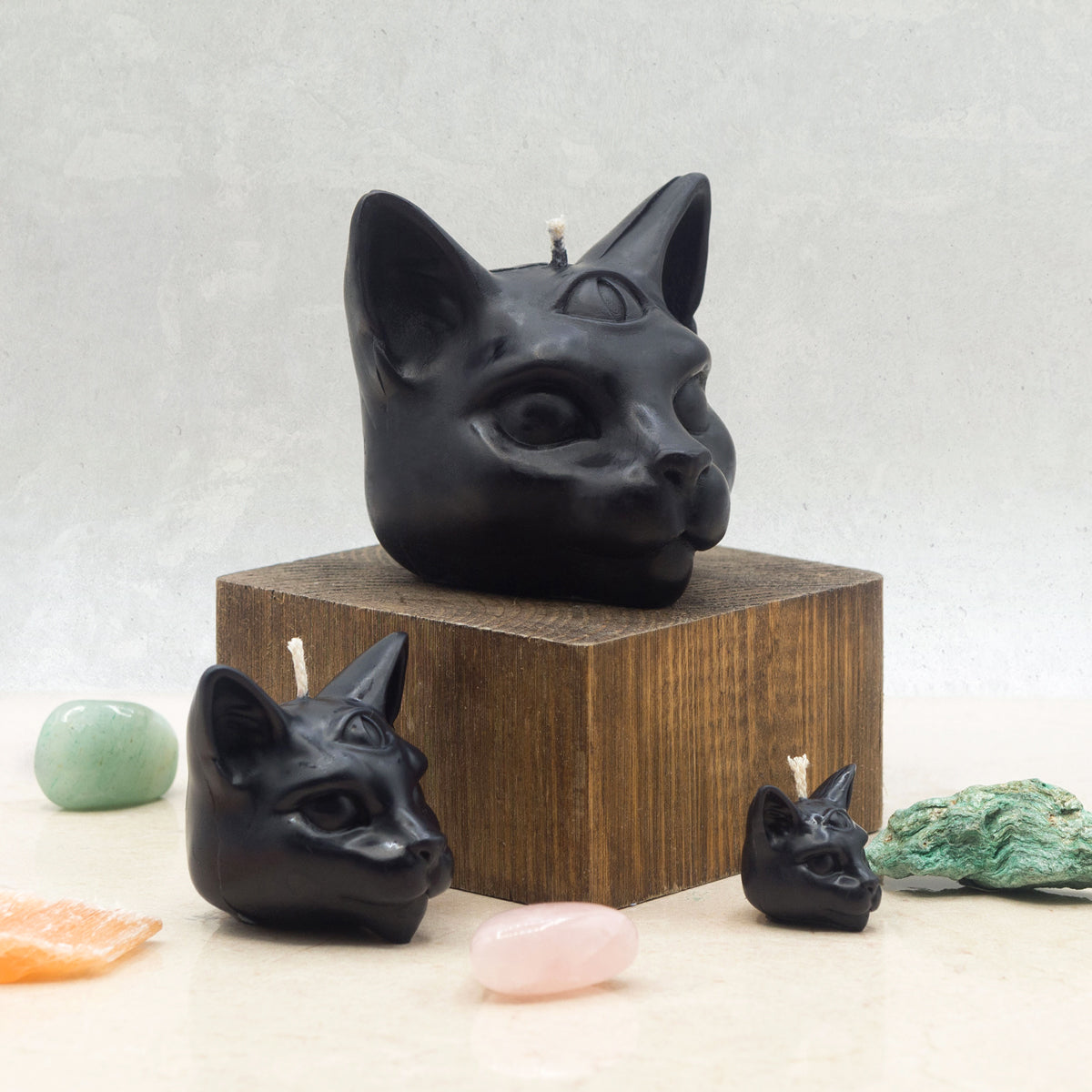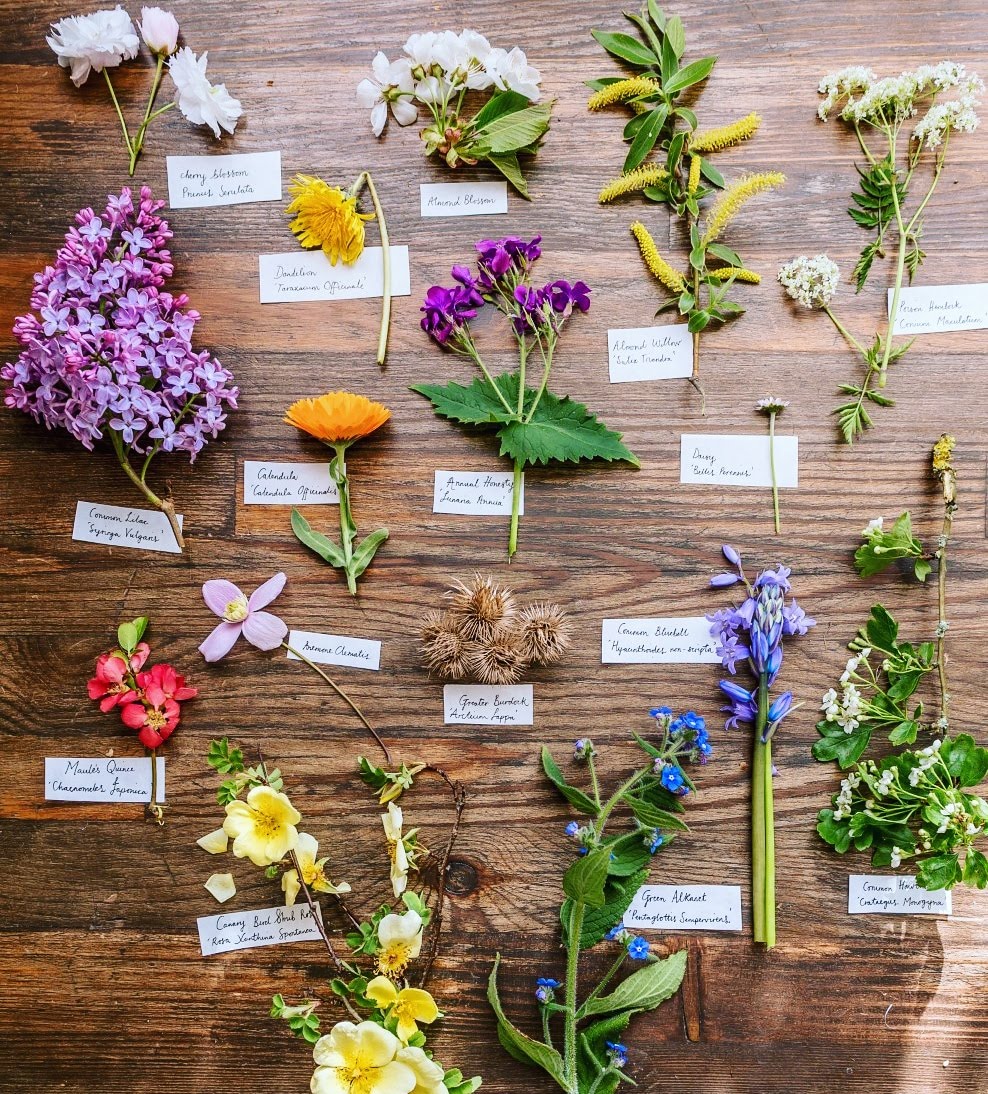
· By Monisha Dajee
SPRING FORAGE
Our philosophy is to stay connected with nature.
Plants and flowers are our heroes and our direct connection to Mama Earth. One of our many aims this year is to familiarise ourselves with the immediate nature that surrounds us and how this will transform throughout the year. To deepen our understanding and help us decode the medley of plants we see everyday, we went on a local sunny Spring forage, where we gathered and identified various intriguing species of plants. It is during these wild walks that I begin to notice the intricacies of my everyday environment.
PLANT SPOT LIGHT
Dandelions - (Taraxacum officinale) can be used to treat skin conditions, lymphatic inflammation, diabetes, anaemia, improve gastrointestinal tract function and the liver. This sunshine bloom has an important place among honey-producing plants. Our bees adore them. As beekeepers, we know they are a really important source of food for our bees. They produce good amounts of pollen and nectar in early spring through to late autumn. So where possible, please avoid mowing them down! All parts of the plants can be eaten, the yellow blossom, the younger leaves and the root, each with different herbal properties.
Cherry blossoms - a beautiful symbol of spring. Can be preserved in salt and vinegar and used for tea.
We planned on making some tea as it is full of antioxidants and anti-inflammatory properties but our cat took a liking to them and ate the petals and licked up the pollen...

Annual Honesty - (Lunaria annua) a cabbage like taste in both the leaves and flowers. The seeds taste like mustard.
Calendula Offinalis - Calendulas are great for pollinators because they provide a great source of nectar for them and have a long flowering period which you can extend by deadheading them. Edible and can be added to salads to make them look pretty!
Common Lilac - (Syringa vulgaris) can be used for tea or in a syrup. Lilac blossoms are known to soothe the stomach and improve digestion.
BUG CHALET

On our forage through our local nature reserve, we spotted this 5* hotel for little crawlies. It is inhabited by solitary bees, spiders, woodlice and other beautiful creatures of the wild. Perfectly upcycled from old pallets, cardboard and bricks. This highrise paradise doubles up as a beautiful art feature.

Pollinator habitats are dwindling due to large-scale commercial farming and human population growth. Not as grandeur as pictured here but I encourage everyone with an outdoor space to keep a little Bug House. They can be easily made from pinecones, twigs, pieces of wood, bricks, cardboard, bamboo, and leaves - get creative! They promote biodiversity in the garden. Consequently, this helps to increase the ecosystem as well as pollination productivity.

Placing an insect hotel in the garden increases the chances that beneficial insects will naturally visit your garden. A bee hotel needs to be a highrise and stationed in a both a sheltered and sunny spot, surrounded by insectary plants.
Please check out:
https://entomologistlounge.wordpress.com/2017/09/18/insect-hotels-a-refuge-or-a-fad/
Jo-Lynn Teh-Weisenburger has a compiled some great information regarding building your own bug house responsibly.
Exposure to our environment is directly connected to our physical, emotional, and spiritual well-being. So on your next stroll, tune into your surroundings - observe, listen, smell and touch.
Share:
WILDCRAFTED - RECIPES, REMEDIES + RITUALS
-
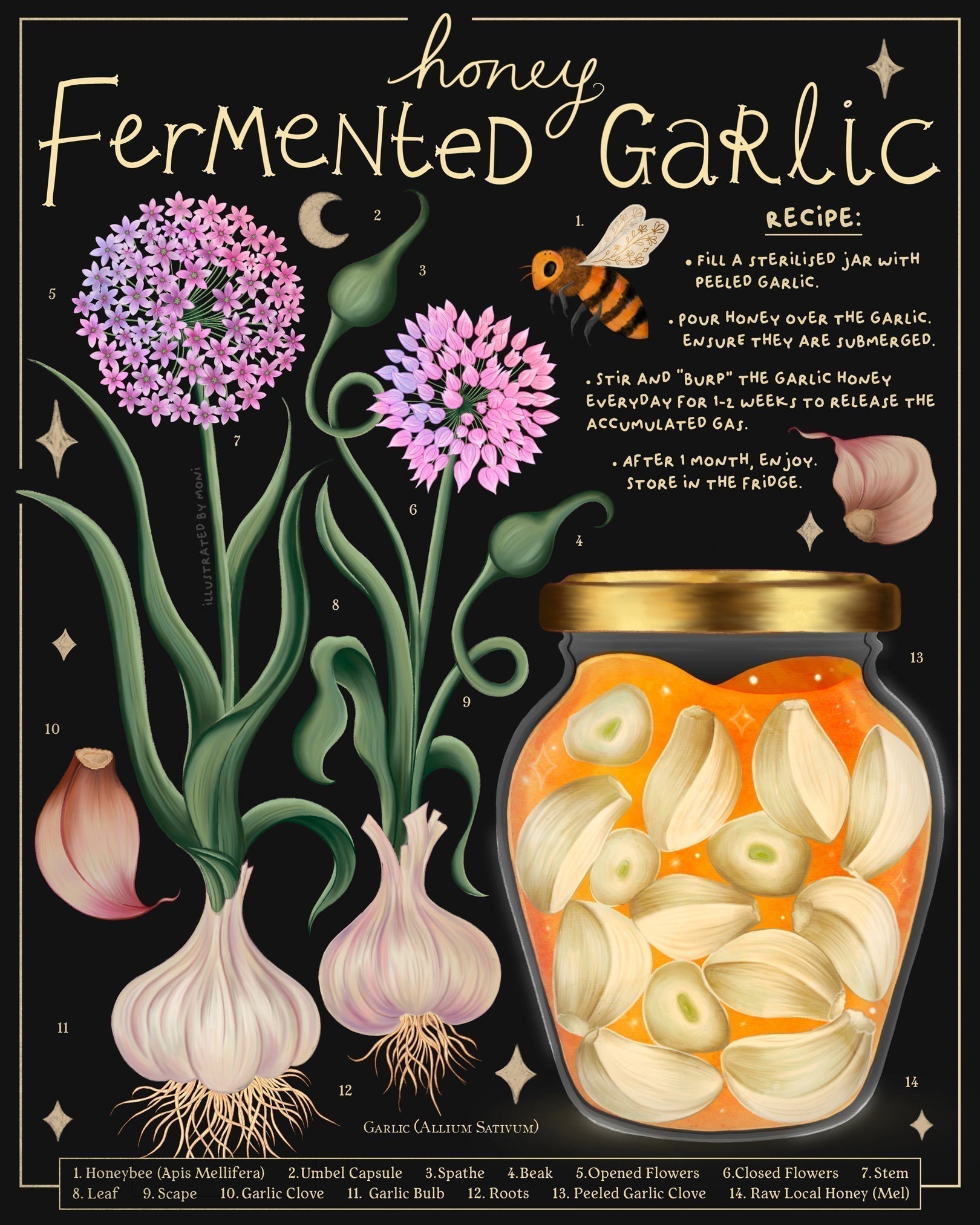
HONEY FERMENTED GARLIC
Fermented garlic honey is a simple yet powerful remedy that combines the ancient art of fermentation to boost the medicinal powers of each ingredient. The origins of fermented honey spans through centuries and various healing practices found within multiple cultures.
-
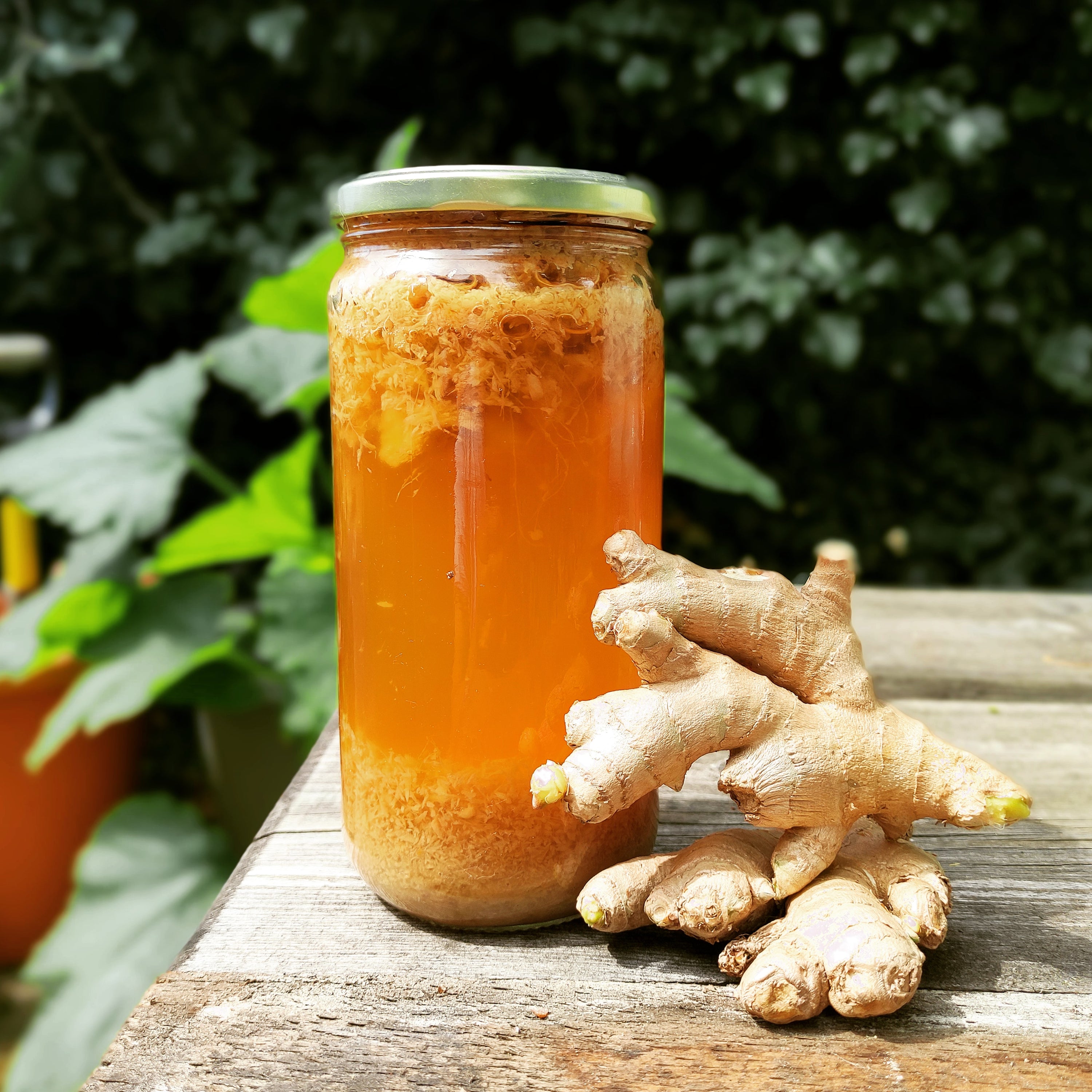
GINGER BUG
Our 5 year old ginger bug is still thriving. 🧡 This week we are preparing to make another batch of homemade, fermented ginger beer, perfect for those sweltering summer days ahead.•If you want to make a ginger beer the traditional...
-
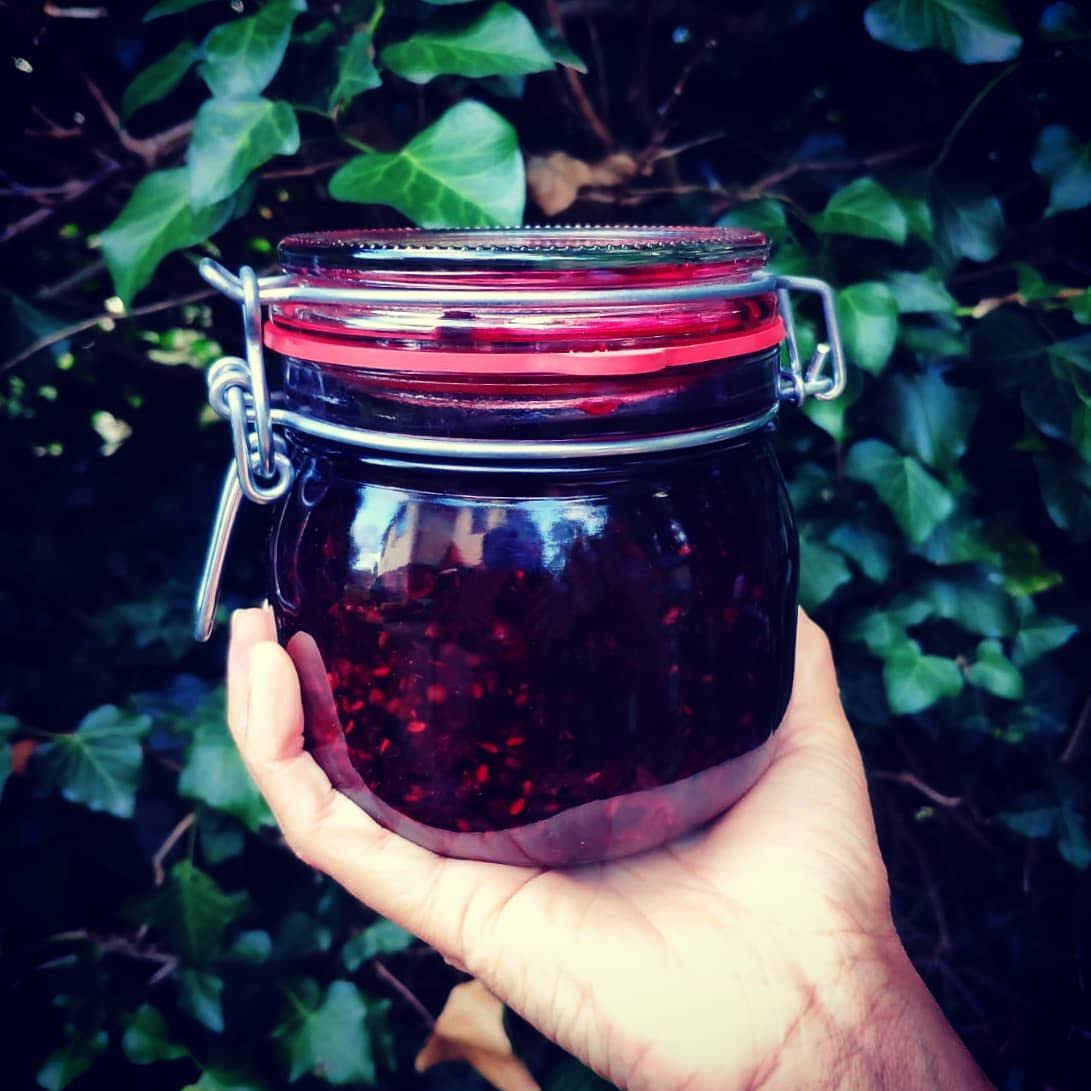
ENCHANTING ELDERBERRY ELIXIR
Her rich clusters of dark, purple berries, are ideal for tinctures and syrups to warn off those colds attempting to creep in this winter. She is truly a generous, magical plant with a plethora of medicinal uses.




